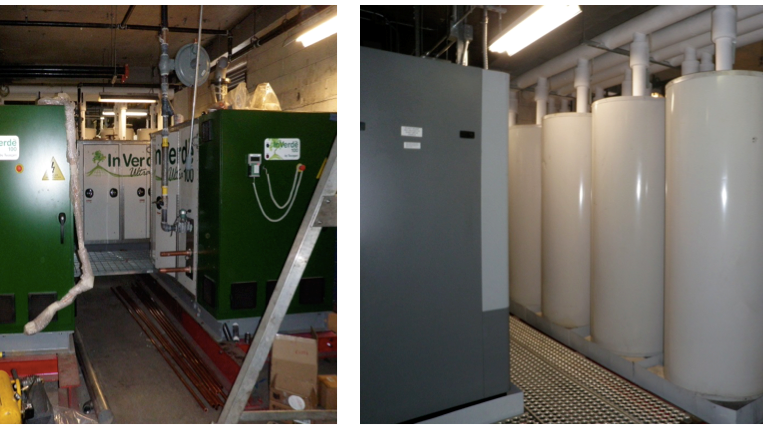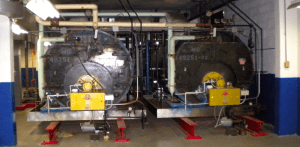Roosevelt Island Complex Scores Major Goal For Green Energy
By Jane K. Callahan June 17, 2015 12:29 pm
reprints
 The “Technology Spotlight” is a series of three articles sponsored by Con Edison about energy efficiency in building. This is the third of three articles appearing every Wednesday on Commercial Observer’s web site.
The “Technology Spotlight” is a series of three articles sponsored by Con Edison about energy efficiency in building. This is the third of three articles appearing every Wednesday on Commercial Observer’s web site.
According to the Mayor’s office, almost 75 percent of the city’s greenhouse gas emissions stem from the energy used to heat, cool, and power buildings. As a result, Mayor Bill de Blasio initiated the “80 by 50” goal, which aims to see the city’s greenhouse gas emissions reduced 80 percent by 2050.
Residents of the 1,000-unit Roosevelt Landing on Roosevelt Island are ahead of New York City’s greening game.
The city’s new energy requirements, paired with the steep cost of heating a one-million-square-foot building, gave Urban American — Roosevelt Landing’s owner — all the reasons it needed to invest in a more efficient heating system.
What would follow is the largest retrofit on any existing multi-family building in New York City to date.
The root of the problem was Roosevelt Landing’s four boilers. Running on both gas and oil, these boilers were responsible for providing the entire building with heat and hot water.
 “These were big old Scotch Marine boilers that looked like train locomotives,” said David Davenport, managing principal of Urban Greenfit, an energy services subsidiary of Urban American that helps building owners find cost-effective solutions.
“These were big old Scotch Marine boilers that looked like train locomotives,” said David Davenport, managing principal of Urban Greenfit, an energy services subsidiary of Urban American that helps building owners find cost-effective solutions.
Despite their size, they were only operating at 65 percent efficiency. “That means for every dollar we spent, we were getting 65 cents’ worth,” Mr. Davenport said.
To help ease the financial burden, Con Edison provided Urban American with $75,000 in grants, part of more than $286,000 in incentives that Con Edison gave toward Roosevelt Landing’s entire retrofit project.
The building now has an entirely new — and more efficient — energy system comprised of five boilers and three combined heat-and-power machines, known as a cogeneration system.
“Big chunks of the grant money came from Con Edison,” Mr. Davenport said. “With the $75,000 incentive, they essentially paid $15,000 per boiler.”
When cold water is run through the system’s heat exchangers it comes out at 70 degrees — supplying residents with hot water without an ounce of effort from the boilers.
“Now the boilers are, really, 130-percent efficient because they’re burning even less gas for the same demand,” Mr. Davenport said. The generators produce more than 15 percent of the building’s electricity (a handy feature in the event of a blackout).
Josh Eisenberg, executive vice president of Urban American, says the benefits are two-fold.
“You’re saving energy through conservation, but you’re also generating electricity. So instead of drawing 100 percent of the building’s electricity from Con Edison’s grid, we’re drawing 80 percent,” Mr. Eisenberg said.
By the end of 2014, the project had generated $967,000 in net operating income, 1.2 times the predicted amount of the first year — great news for the building’s investors.
In other words, “These things are already paying for themselves already,” Mr. Davenport said.


